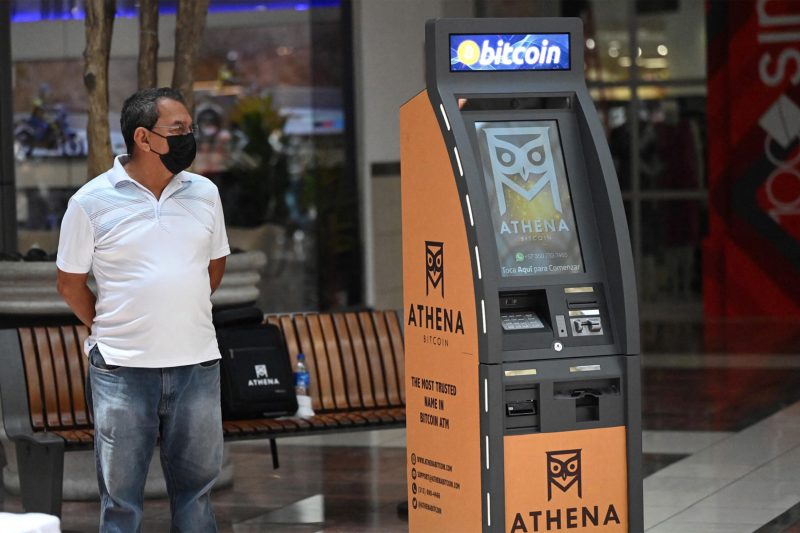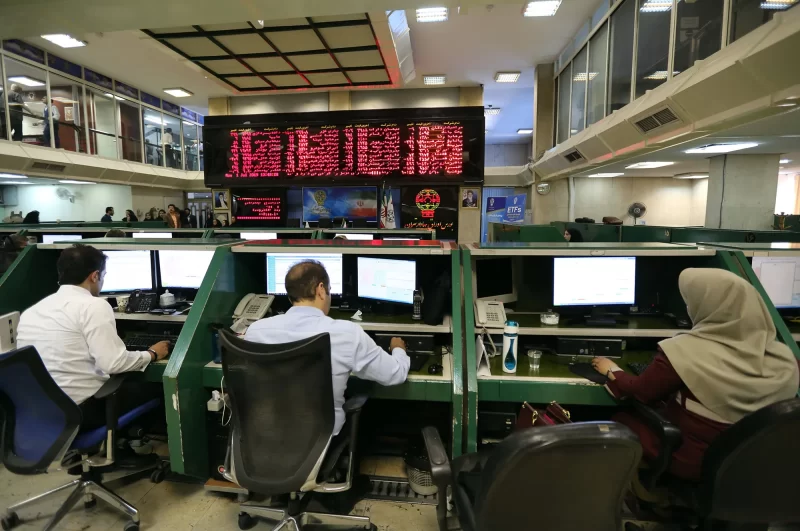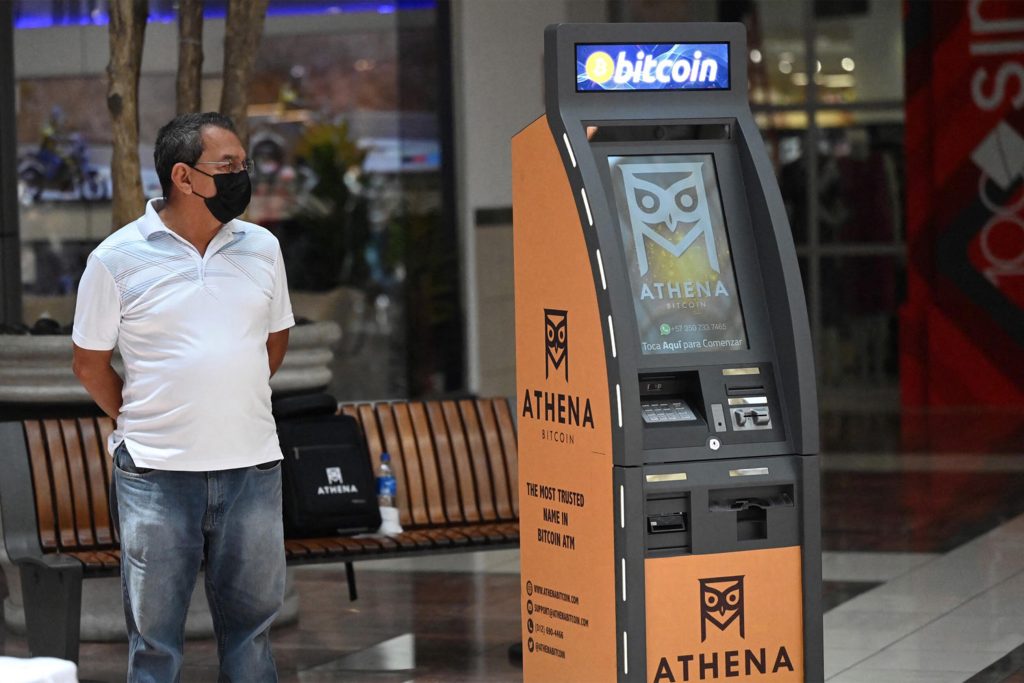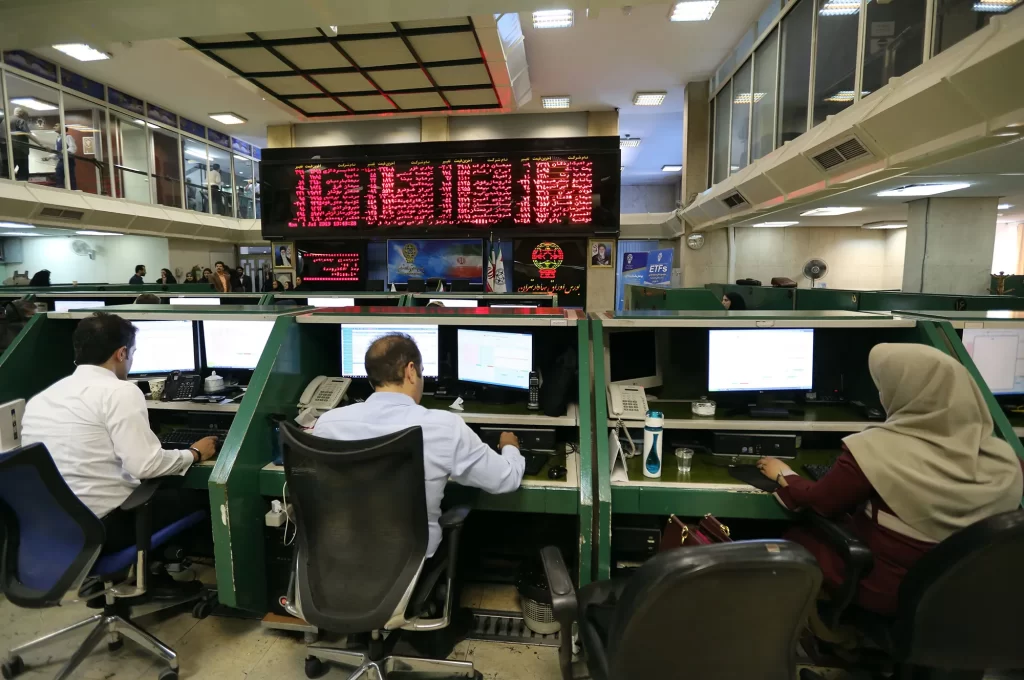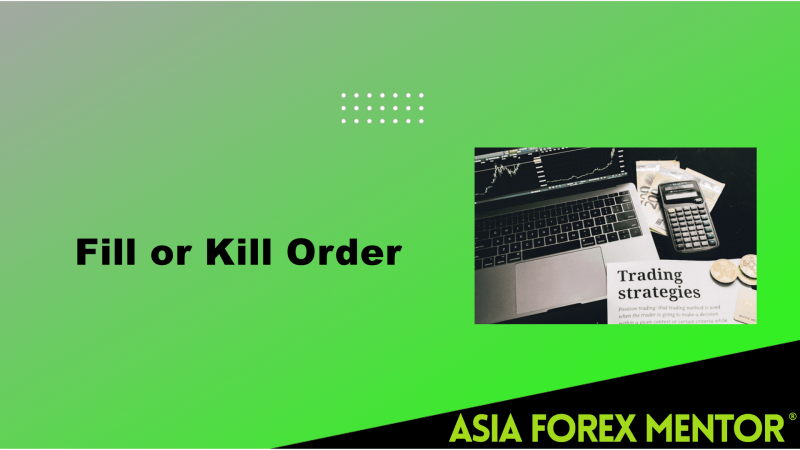
When participating in financial markets, traders can use various types of orders to buy or sell securities. These orders help traders execute their trades more efficiently and controlled manner. There are several trading orders, including market orders, limit orders, stop orders, and Fill Or Kill Orders (FOK).
A Fill Or Kill Order is a type of order used in trading designed to ensure that a trade is either fully executed or automatically canceled (i.e., killed) in its entirety. It is often used in fast-moving markets where the set price of a security can change quickly. When a trader places a FOK order, they demand immediate execution. If the entire order cannot be filled immediately, it will be automatically canceled.
Also Read: The Basics of Put Call Parity: Everything You Need To Know
Contents
Comparison with Immediate or Cancel Order
Certainly, here's a comparison of Fill or Kill Orders with another type of conditional order, Immediate or Cancel (IOC) Orders:

Fill or Kill Order:
- Requires immediate execution of the entire order quantity or none at all
- If the entire order cannot be filled immediately, it is canceled
- Minimizes the risk of partial fills and slippage
Immediate or Cancel Order:
- Allows partial fills, but the unfilled portion of the order is immediately canceled
- Trades are executed as much as possible immediately, and any remaining quantity is canceled in a few seconds
- Used to ensure efficient execution of large quantities orders, but can result in partial fills and slippage
The main difference between FOK and IOC orders is their handling of partial fills. FOK orders require immediate execution of the entire order quantity, while IOC orders allow for partial fills but manually cancel any unfilled portion immediately. Order of Fill or Kill vs. Order of All or None FOK orders are nearly identical to All or None (AON) orders. However, an AON order may execute later and is not automatically canceled.

They are particularly useful for traders who need to buy or sell a large quantity of assets quickly. Still, they can result in missed opportunities if the market moves quickly and the order cannot be filled in a few seconds.
Examples of Trades Executed Immediately Following Fill or Kill Strategy
Let's say a shareholder wants to buy 10,000 shares of the stock XYZ for $10 each. A FOK order should be placed if the investor intends to buy 10,000 shares reasonably quickly and for no fewer than $10 (or better). Suppose the order has been placed.
The order would be canceled if a broker wanted to sell only 7000 shares at the $10 trigger price but had more than 10,000 shares in stock. The order would be canceled if the broker agreed to sell 10 thousand shares for merely $9.01.

Pros And Cons of Fill or Kill Order
Pros:
- Certainty of Execution: FOK orders ensure that the trader's entire position is filled instantly at the specified price or better without partial fills or slippage.
- Reduced Risk: FOK orders reduce the risk of partial fills and slippage, minimizing the risks associated with large trades in fast-moving markets.
Cons:
- Missed Opportunities: FOK orders require immediate execution of the entire order or none, which can result in missed opportunities if the market moves quickly.
- Not Suitable for All Traders: FOK orders may not be suitable for traders who prioritize flexibility in their trading strategies.

Bottom Line
Indeed, Fill or Kill (FOK) orders can be useful for traders who aim to minimize risks and ensure the efficient execution of their trades. By requiring immediate execution of the entire order or none, FOK orders provide certainty of execution and reduce the risk of partial fills or slippage, making them an attractive option for traders dealing with large orders in fast-moving markets.
However, as with any trading strategy, FOK orders also have limitations and may not be suitable for all traders or market conditions. Therefore, it is essential to carefully consider the advantages and disadvantages of FOK orders and assess whether they align with one's trading objectives and risk tolerance.
FAQs
What is an example of a Fill or Kill Order?
Let's say a shareholder wants to buy 1 million shares of Stock XYZ for $15 each. A FOK order should be filed if the investor intends to buy 1 million shares fairly quickly and for no fewer than $15.
What is the Difference Between Immediate or Cancel and Fill or Kill?
A resumption of operations/cancellation order (IOC order) must be executed immediately. A list cannot include all non-explanatory portions of an IOC order. The “fill-or-kill order” is an order which is completed completely or nonetheless.
Is Fill or Kill a Limit Order?
FOK orders are commonly used in orders that require immediate execution and can be described by the acronym FOK order.
What are FAK and FOK in Stock Trading?
Fok orders are orders made at a specified price and can automatically cancel if not entirely filled. FAK orders require a transaction made at a limit order that is fully completed, and the unfilled portion is automatically annulled.




